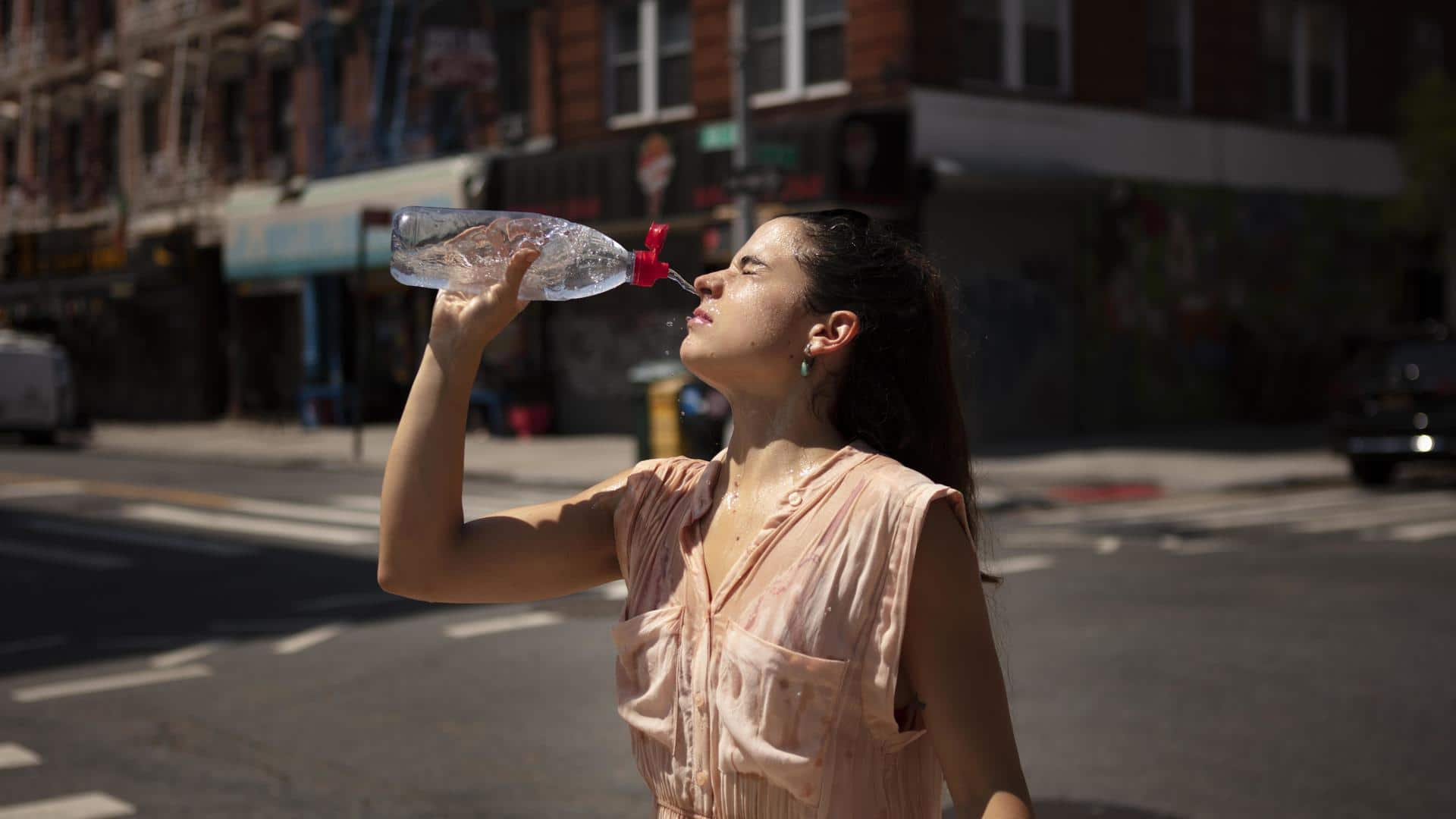
Feeling the heat? Here's how to beat heatstroke
What's the story
Heatstroke can be a frightening experience, leaving you feeling dizzy, nauseous, and weak.
It is a serious medical emergency that requires prompt action to prevent potentially life-threatening complications.
If you or someone you know is experiencing symptoms of heatstroke, it is essential to act quickly.
Here we discuss the steps you should take in case you get a heatstroke.
Cool place
Move to a shaded area
The first step is to move to a cool, shaded area as quickly as possible.
This could be indoors, where you can turn on the air conditioning or a fan.
If you are outside, look for a shady spot or create one with an umbrella.
The goal is to reduce your body's exposure to the sun and hot temperatures, allowing it to cool down.
Remove clothing
Remove excess clothing
Remove any excess clothing, including shoes and socks.
Excess clothing can trap heat and prevent the body from properly regulating its temperature, which can lead to further complications.
Taking off extra layers of clothing can help the body cool down faster, allowing it to recover from heatstroke more quickly.
If possible, replace any tight, restrictive clothing with loose, breathable fabrics to aid in cooling.
Hydration
Drink plenty of water
When experiencing heatstroke, the body's temperature regulation system is compromised, leading to excessive sweating and fluid loss.
Drinking fluids helps to lower the body's temperature and replenish lost fluids, preventing dehydration and further complications.
Avoid liquor, caffeine, or high amounts of sugar, as these can increase dehydration. Here's how to prevent dehydration in summers.
Remember to continue drinking fluids even after symptoms subside.
Keep it cool
Cool down your overheated body
Using cool, damp cloths or a spray bottle filled with cool water can help lower the body's temperature.
Applying a cold towel or misting with water on the face, neck, and wrists can provide quick relief from heatstroke symptoms.
You can also take a shower to cool down your body.
The goal is to lower the body's core temperature to prevent aggravation.
Medical intervention
Rush to the nearest hospital
Seek immediate medical help by calling emergency services or visiting the nearest emergency room.
Do not ever take heatstroke lightly. Delaying treatment can increase the risk of serious complications and even death.
All these measures are to be taken when you already get hit by heatstroke.
But remember, prevention is always the best course of action. Here's how to prevent heatstroke.